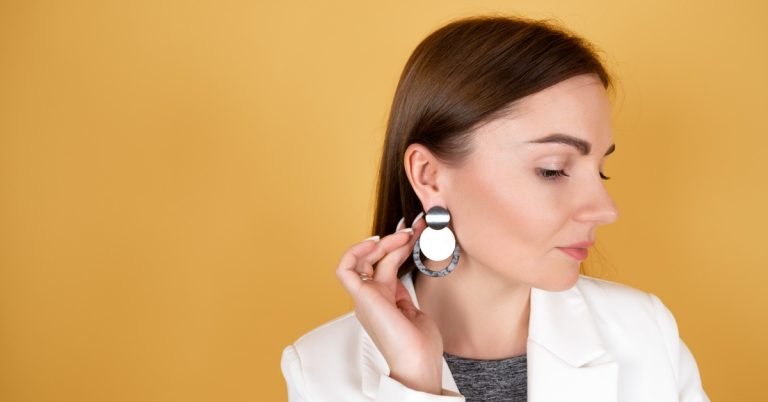Why Does It Hurt To Put My Earring Back In?
Have you ever experienced pain when putting your earrings back in? If so, you’re not alone. Many people suffer from soreness and discomfort when wearing their jewelry. But don’t worry – there are things that can be done to reduce the pain and make earring-wearing a much more pleasant experience.
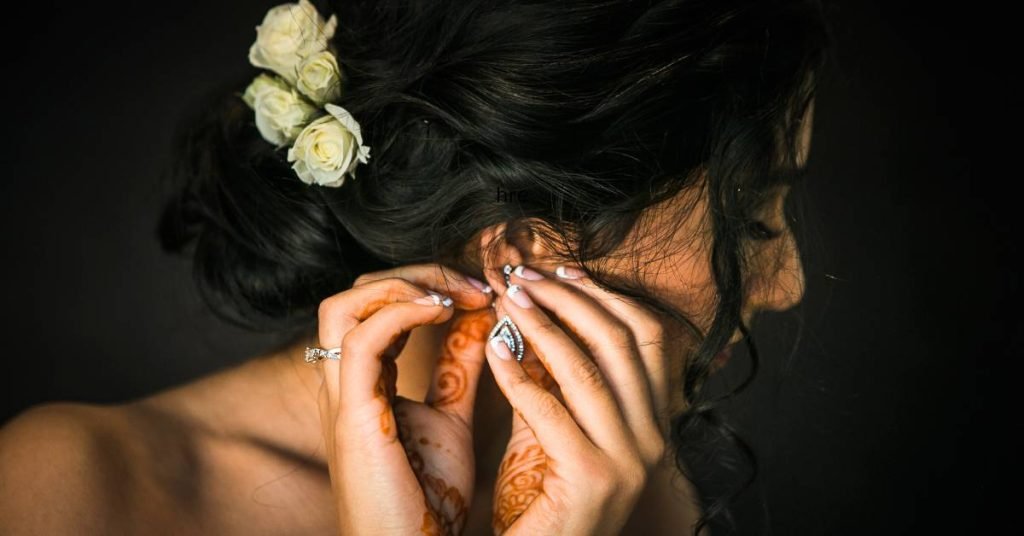
In this article, we’ll discuss why it hurts to put your earrings back in and how to minimize the discomfort. You’ll also learn about choosing the right size of earrings for your ears, how to put them in without experiencing pain, when to see a doctor if needed, preventative measures for future wearings, possible complications associated with wearing earrings, and treatments for potential infections.
Table of Contents
Key Takeaways
- Proper aftercare and hygiene are crucial to prevent earring pain and infections.
- Choosing the right size and material of earrings can reduce friction and discomfort.
- Redness, swelling, and discharge with an unpleasant odor are signs of an infected piercing.
- Seeking medical advice is necessary if experiencing pain or complications.
Overview of Common Causes
You may feel a sharp pinch when you try to put your earring back in, as there are several common causes of this pain. Your individual sensitivity levels could be contributing to the discomfort; for instance, if you have sensitive skin or are particularly prone to irritation.
Additionally, improper care and cleaning of your piercing can cause infection and swelling which can make it difficult or painful to reinsert the earring. Finally, you might not be using an appropriate size or style of jewelry that fits comfortably within your earlobe. This could also contribute to the pain you feel when trying to insert the earring.
To minimize discomfort when putting an earring back in, it is important to practice proper aftercare for any new piercings by regularly cleaning with a saline solution and avoiding harsh chemicals on the area.
Make sure that any jewelry used is comfortable and fits well within your earlobe – if necessary, experiment with different sizes and styles until you find one that works best for you.
Lastly, use a gentle touch when inserting or removing jewelry from your ears as excessive pressure can lead to unnecessary pain or injury. Moving forward thoughtfully with these tips should help reduce any future discomfort felt when wearing an earring.
-
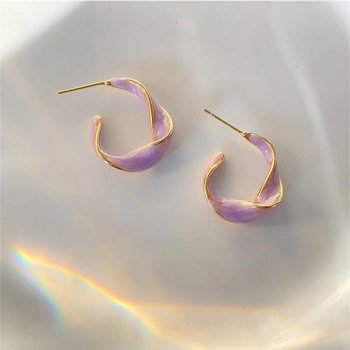 Lavender Purple Twisted Hoop Earrings$8.95
Lavender Purple Twisted Hoop Earrings$8.95 -
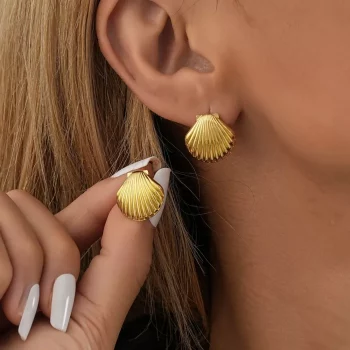 Vintage Shell Design Stud Earrings for Women$11.49
Vintage Shell Design Stud Earrings for Women$11.49 -
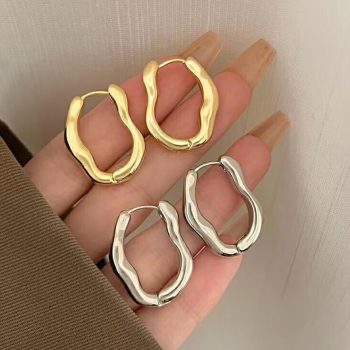 Luxurious Geometric Hoop Earrings for Women$9.65
Luxurious Geometric Hoop Earrings for Women$9.65 -
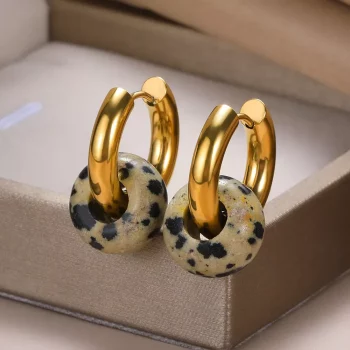 Women’s Natural Stone Hoop Earring$21.49
Women’s Natural Stone Hoop Earring$21.49 -
Product on sale
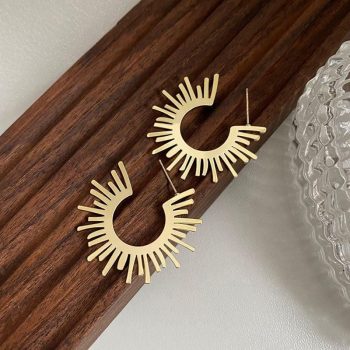 Chic Sunflower Hoop Earrings for WomenOriginal price was: $18.98.$9.49Current price is: $9.49.
Chic Sunflower Hoop Earrings for WomenOriginal price was: $18.98.$9.49Current price is: $9.49. -
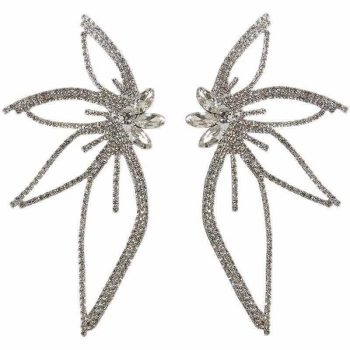 Chic Maple Leaf Zircon Earrings$9.49
Chic Maple Leaf Zircon Earrings$9.49
How to Minimize Discomfort
Sticking an earring in can be uncomfortable, but there are ways to minimize the discomfort. To begin, you should choose the right size earring for your piercing. A larger gauge or heavier earring could cause more pain than a smaller one.
Here are some tips and tricks that may help reduce the discomfort:
- Using Oils: Applying oils like coconut oil or olive oil to the area of insertion before putting in your earrings can help lubricate and reduce friction, making it easier to slip into place.
- Gentle Cleaning: It’s important to clean your piercing regularly with saline solution or gentle soap and water; this will prevent buildup of debris which could irritate the skin.
- Reducing Friction: Installing a backing on the back of your earrings can also help reduce friction when inserting them, resulting in less pain overall.
No matter what kind of jewelry or piercings you have, taking proper care is key for minimizing discomfort during insertion and removal. Taking extra time to ensure that everything is clean and lubricated properly will go a long way towards keeping your piercings healthy and reducing any associated pain or discomfort. With these simple steps in mind, transitioning into choosing the right size earrings for you should be smoother than ever!
Choosing the Right Size Earrings
Choosing the right size earrings for your piercing can help ensure a smooth transition and decrease any potential discomfort. To do this, you should consider the gauge of your piercing and select an appropriate style. Additionally, you should also make sure to pick out a material that is comfortable for your skin type.
| Gauge | Material |
|---|---|
| 18 or 20 gauge | Gold or Titanium |
| 14 or 16 gauge | Steel or Niobium (Hypoallergenic) |
The most common size earring used is 18-20 gauge, which is usually made of either gold or titanium. If you prefer something more sturdy, such as steel or niobium which are hypoallergenic, then choose a 14-16 gauge instead.

Gold and titanium are ideal because they are more malleable and less likely to irritate sensitive skin types. With the right combination of size and materials, finding the perfect pair of earrings becomes much simpler. Also, check out our post that’ll guide you on how to choose the right earring.
Once you have found the perfect fit for your ears, it’s time to put them in! Making sure that your hands are clean will help reduce inflammation around the pierced area while inserting new jewelry.
Taking care when inserting these pieces will minimize any discomfort associated with putting in new earrings – taking the proper precautions now will pay off in pain-free ears later on!
How to Put Earrings in Without Pain
When inserting new earrings, it’s important to take care and be mindful of the process in order to minimize discomfort. In fact, according to a survey conducted by the American Academy of Dermatology, over 70% of people who take extra precautions when putting in their jewelry report no pain at all.
To ensure that you experience minimal pain while putting your earrings in, consider using tweezers to hold and guide your earrings into place. This prevents your skin from coming into contact with sharp edges or rough materials that can cause irritation or infection.
Additionally, choose materials for your earring backings that are comfortable to wear and allow the skin to breathe such as plastic or silicone. These are also less likely to cause any type of allergic reaction due to contact with metal or other substances found in some jewelry pieces.
Putting on your jewelry should not be painful if done carefully and correctly – however there may be times where an issue arises regardless of how cautious you were during insertion.
If this is the case, it’s best to consult a doctor as they can provide advice on how to better manage any pain experienced when wearing jewelry and offer alternative solutions if necessary.
-
Product on sale
 Luxury Fashion Womens Wallet$11.00 – $15.00
Luxury Fashion Womens Wallet$11.00 – $15.00 -
Product on sale
 Feminine Wallet Card HolderOriginal price was: $26.00.$15.00Current price is: $15.00.
Feminine Wallet Card HolderOriginal price was: $26.00.$15.00Current price is: $15.00. -
Product on sale
 Long Women Double Zipper WalletOriginal price was: $18.00.$15.00Current price is: $15.00.
Long Women Double Zipper WalletOriginal price was: $18.00.$15.00Current price is: $15.00. -
Product on sale
 RFID Women’s Leather Wallet$17.00 – $21.00
RFID Women’s Leather Wallet$17.00 – $21.00 -
Product on sale
 Long Women Wallets Pu LeatherOriginal price was: $29.00.$15.00Current price is: $15.00.
Long Women Wallets Pu LeatherOriginal price was: $29.00.$15.00Current price is: $15.00. -
Product on sale
 Soft Rhinestone Small Evening BagOriginal price was: $36.00.$19.00Current price is: $19.00.
Soft Rhinestone Small Evening BagOriginal price was: $36.00.$19.00Current price is: $19.00.
When to See a Doctor
If you’re experiencing pain when wearing earrings, don’t ignore it – seek professional advice now to ensure your ears stay healthy and happy.
Visiting a doctor or specialist is the best way to get an accurate diagnosis of any issues related to wearing earrings. Proper hygiene and care for your ears should always be considered when deciding whether or not to wear earrings.
In general, if you are in pain after putting an earring back in, it is important that you consult a medical professional as soon as possible.
It could be indicative of infection or irritation caused by improper care of the piercing site, incorrect size or type of earring, or even more serious underlying conditions.
The table below details the types of earrings available and their associated level of risk:
| Earring Type | Risk Level |
|---|---|
| Studs/Posts/Hoop Earrings | Low |
| Threaded Posts/Screwbacks | Medium |
| Barbells/Captive Bead Rings (CBR) | High |
It is essential to take proper precautions while wearing any type of earring in order to prevent infection and discomfort. If signs such as redness, swelling, tenderness or pus persist after seeking medical help, then further action may need to be taken in order to protect your health and safety. Transitioning into preventive measures can help avoid future problems with painful ears from occuring.
Preventative Measures
Now that you know when to see a doctor, it’s important to consider preventative measures for avoiding pain and discomfort when inserting an earring.

To keep your earlobes healthy and avoid pain while putting in jewelry:
- Clean your hands and ears before inserting an earring. This will help reduce the risk of infection or any other irritation from bacteria on the skin or metal.
- Choose jewelry made of non-irritating materials like gold, silver, platinum, or titanium if possible. Avoid high-nickel jewelry as this can cause allergic reactions in some people.
- Soothe your earlobes with warm water after you insert your jewelry to help reduce inflammation and discomfort that may occur after insertion.
- Care for jewelry regularly by cleaning them periodically with a soft cloth and mild soap solution to remove dirt and oils that can build up over time on the surface of the metal which can also cause irritation when inserted into the lobe area again later on.
Taking these steps can help lessen any potential complications from inserting an earring, but it’s still important to be aware of them as well as any other signs that something isn’t right with your ears or piercing itself. So, you can take action quickly if needed – especially since possible complications are what we’ll discuss next…
Possible Complications
Inserting an earring can lead to some unexpected complications if not done properly, so it’s important to be aware of what could happen. One possible complication is soreness in the area around the piercing.
This can occur when earrings are inserted too quickly or with too much pressure, causing discomfort and pain. In addition to soreness, improper insertion of an earring can also lead to infection.

The most common symptom of an infected piercing is redness and swelling around the pierced area, as well as a discharge that may have an unpleasant odor. It is important to take care of your ears after getting them pierced by following proper cleaning and aftercare instructions.
| Symptom | Description | Treatment |
|---|---|---|
| Soreness | Burning sensation or localized pain due to incorrect insertion | – Cleaning with warm water and mild soap. Use ice packs for relief. Apply antibiotic ointment as needed. |
| Infection | Redness, swelling, discharge with unpleasant odor around pierced area | – Apply antibiotic ointment. Take oral antibiotics if necessary. Clean piercings regularly with saline solution. |
If left untreated, complications from incorrectly inserting an earring can become worse over time and infections may spread beyond the piercing site into other parts of the body.
Depending on the severity of the infection, treatments such as draining fluid from abscesses may be required in order to clear up any remaining signs of infection.
Additionally, it is important to practice good hygiene when caring for a new piercing by avoiding contact with others’ bodily fluids or unclean items such as towels or makeup brushes that could potentially cause further irritation or infection at the site. Taking preventative measures like these will help reduce any risks associated with re-inserting one’s earrings properly and safely.
To ensure your ears stay healthy after being pierced it is important to follow post-piercing care instructions precisely and make sure your hands are clean before handling your jewelry – this will help avoid any potential issues caused by introducing bacteria into a sensitive area such as inside a newly pierced hole in your earlobe.
As long as you take extra care when putting in your jewelry you should experience no additional pain beyond what was expected during initial insertion – but if any further issues arise then it’s important to seek medical attention right away so that you don’t risk developing more serious complications down the line that could have been easily avoided had they been treated early on.
As we move onto treatments for ear infections next we’ll discuss how best to go about addressing these problems should they arise despite our preventive efforts thus far!
-
Product on sale
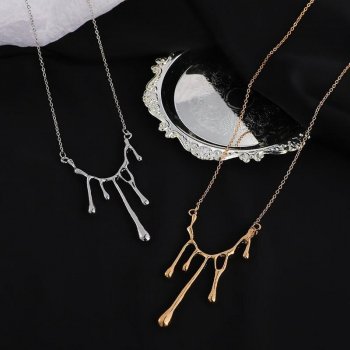 Elegant Liquid Drop Shape Yarn Pendant NecklaceOriginal price was: $8.32.$7.49Current price is: $7.49.
Elegant Liquid Drop Shape Yarn Pendant NecklaceOriginal price was: $8.32.$7.49Current price is: $7.49. -
Product on sale
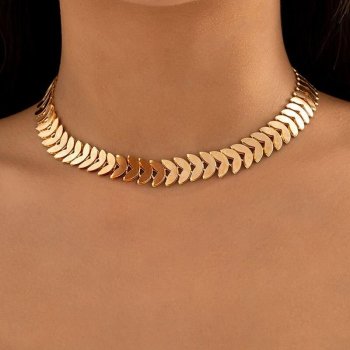 Gold Petal Choker Necklace for WomenOriginal price was: $11.73.$8.80Current price is: $8.80.
Gold Petal Choker Necklace for WomenOriginal price was: $11.73.$8.80Current price is: $8.80. -
Product on sale
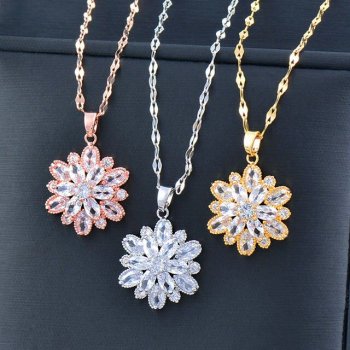 Womens Gold-Plated Crystal Flower Pendant ChokerOriginal price was: $11.73.$8.80Current price is: $8.80.
Womens Gold-Plated Crystal Flower Pendant ChokerOriginal price was: $11.73.$8.80Current price is: $8.80. -
Product on sale
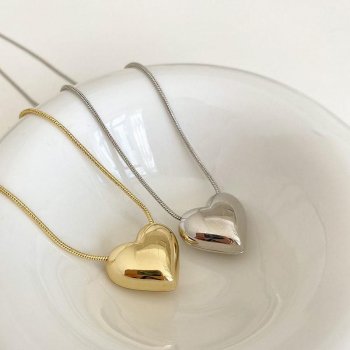 Gothic Trendy Heart Pendant NecklaceOriginal price was: $13.90.$6.95Current price is: $6.95.
Gothic Trendy Heart Pendant NecklaceOriginal price was: $13.90.$6.95Current price is: $6.95. -
Product on sale
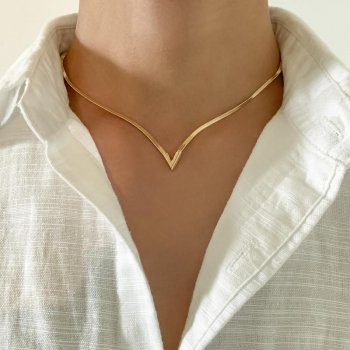 Elegant V-Shaped Flat Snake Chain NecklaceOriginal price was: $7.21.$6.49Current price is: $6.49.
Elegant V-Shaped Flat Snake Chain NecklaceOriginal price was: $7.21.$6.49Current price is: $6.49. -
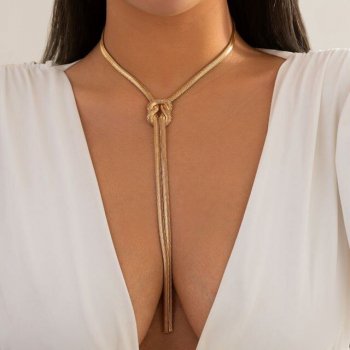 Tassel Twist & Flat Snake Chain Chunky Necklace$9.65
Tassel Twist & Flat Snake Chain Chunky Necklace$9.65
Treatments for Ear Infections
Treating an ear infection typically involves a combination of antibiotics and other medications to reduce inflammation and pain.
For example, a patient may be prescribed oral antibiotics such as amoxicillin in addition to topical ointments with anti-bacterial or anti-fungal properties, depending on the type of infection present.
It’s also important for people suffering from an ear infection to avoid common allergens that may contribute to their symptoms. Here are four ways that can help:
- Avoiding contact with smoke
- Taking over-the-counter antihistamines
- Wearing headphones or ear plugs while swimming
- Using antiseptics when cleaning the ear canal
Additionally, keeping the ears dry by using cotton swabs can help prevent future infections.
If an infection does not respond to treatment, surgery may be necessary in order to remove any fluid buildup behind the eardrum. Surgery is most often used only if all other treatments have failed.
To ensure proper healing after surgery, it’s essential that patients follow their doctor’s instructions carefully and attend regular follow-up appointments. This will help them keep their ears healthy and prevent further complications from occurring.
Frequently Asked Questions on Why Does It Hurt To Put My Earring Back In

What types of earrings should I buy?
Choosing the right earrings is important. Select jewelry that fits your style and matches the materials you prefer. Consider metals like gold or silver, as well as plastic or gemstones. Think about what will look best on you and make sure it’s comfortable to wear!
How often should I take my earrings out?
Caring for your earrings is key to maintaining a healthy piercing. Taking them out every few days, and cleaning them with warm water and soap, will keep your piercing safe from infection. Do this regularly and you’ll have no trouble putting your earrings back in!
What are the best materials for earrings?
If you’re looking for the best materials for earrings, consider sterling silver or hypoallergenic metals. They are both durable and won’t cause a reaction to your skin. Plus, they look great too!
Are there any home remedies to reduce earring pain?
You may experience pain when putting in your earrings. Cleaning techniques and infection prevention can help reduce that discomfort. Make sure to clean your earrings often and avoid reinserting them until they are completely dry. Try adding a drop of rubbing alcohol before inserting them back in for added comfort.
Is it normal to feel pain when putting earrings in?
Yes, it’s normal to feel pain when putting earrings in. In fact, the CDC estimates that up to 5 million people experience pain from piercing annually! To minimize discomfort, use proper piercing techniques and keep your earrings clean with regular cleaning tips. Also, see our post to on why won’t my earrings didn’t go in.
Conclusion

Putting your earrings back in doesn’t have to hurt. With the right size, proper technique, and a little practice, you can get them in with ease. Don’t let the fear of pain stop you from wearing your favorite earrings — it’s truly easier than ever before!
You’ll be amazed at how quickly your ears adjust and how much more comfortable putting them in becomes. In no time at all, it’ll be like gliding a hot knife through butter — so smooth and effortless!
And if you do experience discomfort or pain, you can always see a doctor for help.





